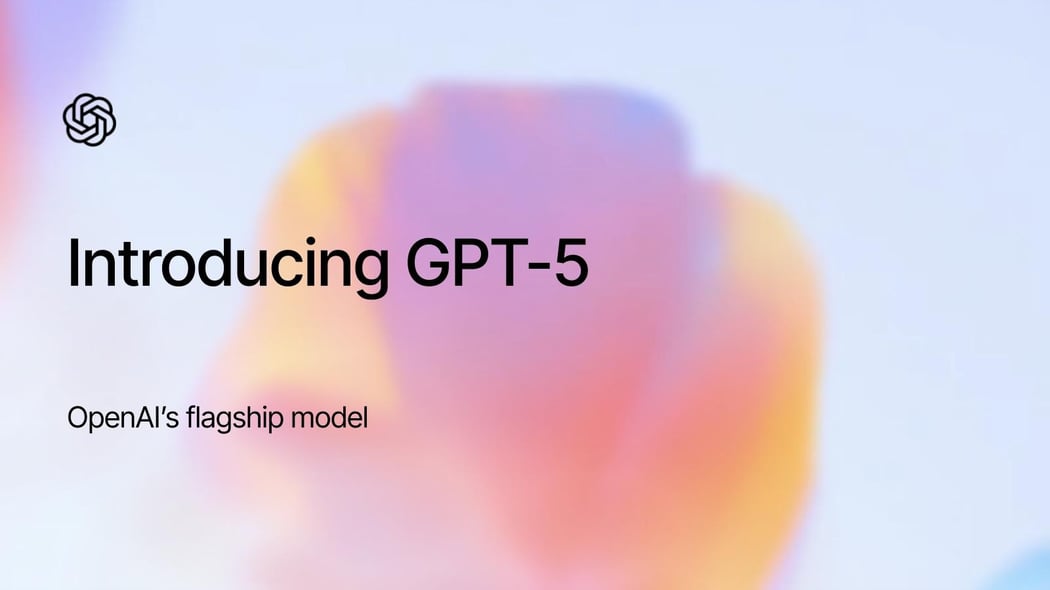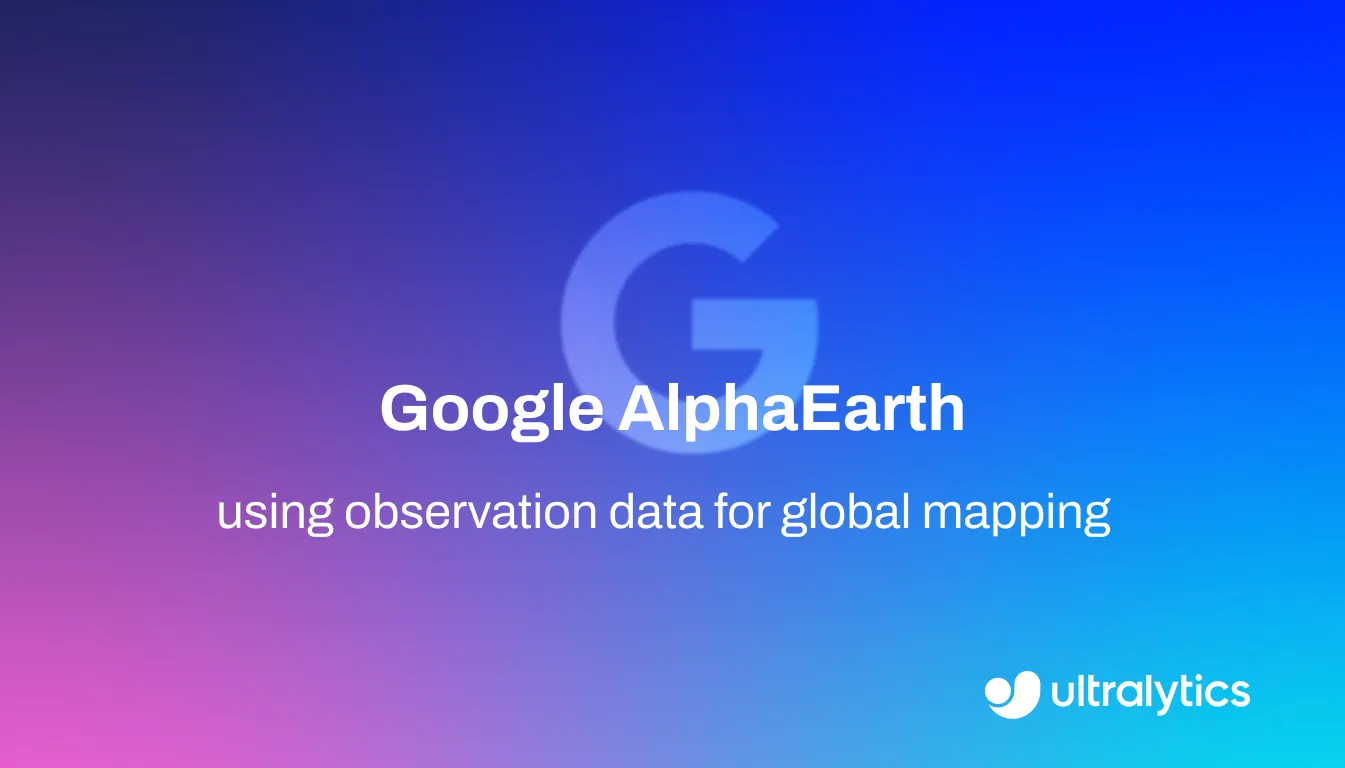التضمينات
تعرّف على ماهية التضمينات وكيف تعمل على تعزيز الذكاء الاصطناعي من خلال التقاط العلاقات الدلالية في البيانات من أجل معالجة اللغات الطبيعية والتوصيات والرؤية الحاسوبية.
تُعد التضمينات حجر الزاوية في التعلم الآلي الحديث (ML)، حيث تمثل طريقة قوية لتحويل البيانات عالية الأبعاد مثل الكلمات أو الصور أو حتى المستخدمين إلى متجهات عددية ذات معنى وكثيفة ومنخفضة الأبعاد. الهدف الأساسي من التضمين هو التقاط العلاقات الدلالية والسياق الأساسي للبيانات الأصلية. في هذا الفضاء المتجه، يتم وضع العناصر ذات المعاني أو الخصائص المتشابهة بالقرب من بعضها البعض. يسمح ذلك لنماذج الذكاء الاصطناعي بأداء مهام الاستدلال والتشابه المعقدة التي قد تكون مستحيلة مع البيانات الخام غير المنظمة.
كيف يتم إنشاء التضمينات
عادةً ما يتم تعلُّم التضمينات تلقائيًا بواسطة نموذج تعلُّم عميق أثناء عملية التدريب. يتم تدريب شبكة عصبونية، غالبًا ما يتم إنشاؤها باستخدام أطر مثل PyTorch أو TensorFlow، على مهمة ذات صلة، مثل التنبؤ بالكلمة التالية في جملة ما أو تصنيف صورة. ثم تُستخدم إحدى الطبقات المخفية داخل هذه الشبكة كطبقة تضمين. بينما يتعلم النموذج أداء مهمته، يقوم بتعديل الأوزان في هذه الطبقة، ويتعلم بشكل فعال تعيين كل عنصر مدخل إلى متجه يغلف أهم سماته. تعد هذه العملية شكلاً من أشكال تقليل الأبعاد، حيث يتم ضغط كميات هائلة من المعلومات في شكل مضغوط ومفيد.
التطبيقات والأمثلة
التضمينات أساسية لمجموعة واسعة من تطبيقات الذكاء الاصطناعي، من معالجة اللغات الطبيعية (NLP) إلى الرؤية الحاسوبية.
- محركات توصيات التجارة الإلكترونية: تستخدم أنظمة التوصية التضمينات لتمثيل كل من المستخدمين والمنتجات. إذا كان المستخدم يشتري أو يشاهد بشكل متكرر عناصر ذات تضمينات متشابهة (على سبيل المثال، أنواع مختلفة من معدات الجري)، يمكن للنظام تحديد المنتجات الأخرى في ذلك الحي المتجه (مثل المواد الهلامية للطاقة أو حزم الترطيب) والتوصية بها. هذا أكثر فعالية بكثير من مطابقة الكلمات الرئيسية البسيطة.
- البحث الدلالي واسترجاع الصور: بدلاً من الاعتماد على العلامات أو البيانات الوصفية، تستخدم أنظمة البحث الدلالي التضمينات للعثور على النتائج بناءً على المعنى المفاهيمي. يمكن للمستخدم البحث عن "صور العطلة الصيفية"، وسيقوم النظام باسترجاع صور الشواطئ والجبال ومشاهد السفر، حتى لو لم تكن هذه الكلمات بالضبط في وصف الصورة. وهذا مدعوم بنماذج مثل CLIP، التي تولد تضمينات متناسقة لكل من النصوص والصور، مما يتيح قدرات نموذجية قوية متعددة الوسائط. يسمح هذا المبدأ نفسه بإجراء بحث مرئي قوي، وهي ميزة أساسية في العديد من التطبيقات الحديثة. يمكنك حتى إنشاء نموذج خاص بك باستخدام دليل البحث عن التشابه الخاص بنا.
تشمل التطبيقات الأخرى اكتشاف الأدوية، حيث يتم تضمين الجزيئات للتنبؤ بالتفاعلات، وخدمات بث الموسيقى التي توصي بالأغاني ذات الميزات الصوتية المتشابهة.
التضمينات مقابل المفاهيم ذات الصلة
من المفيد التمييز بين التضمينات والمصطلحات ذات الصلة:
- التضمينات مقابل استخراج الميزات: التضمينات هي شكل متطور وآلي في كثير من الأحيان من أشكال استخراج الميزات التي يتم تحقيقها من خلال التعلم العميق. في حين أن هندسة الميزات التقليدية قد تتضمن تحديد الميزات يدويًا (على سبيل المثال، الرسوم البيانية اللونية للصور)، فإن التضمينات تتعلم الميزات ذات الصلة مباشرةً من البيانات أثناء التدريب.
- التضمينات مقابل البحث عن المتجهات / قواعد البيانات المتجهة: التضمينات هي التمثيلات المتجهة لعناصر البيانات. البحث عن المتجهات هي عملية الاستعلام عن مجموعة من التضمينات للعثور على أكثرها تشابهًا (الأقرب) مع متجه الاستعلام، وغالبًا ما تستخدم خوارزميات أقرب جار تقريبي (ANN) لتحقيق الكفاءة. قواعد بيانات المتجهات (مثل Pinecone أو Milvus) هي قواعد بيانات متخصصة مُحسّنة لتخزين وفهرسة وإجراء عمليات بحث سريعة عن المتجهات على كميات كبيرة من التضمينات.
- التضمين مقابل الترميز: الترميز هو عملية تقسيم النص إلى وحدات أصغر (رموز). ثم يتم تعيين هذه الرموز إلى تضمينات. لذا، فإن الترميز هو خطوة أولية قبل إنشاء تمثيل التضمين أو استرجاعه. وتعتمد نماذج البرمجة اللغوية العصبية البارزة مثل BERT و GPT-4 على هذه العملية المكونة من خطوتين.
توفر التضمينات طريقة قوية لتمثيل البيانات لنماذج التعلُّم الآلي، مما يمكّنها من فهم أوجه التشابه الدلالي والأنماط المعقدة في أنواع البيانات المتنوعة. وهي جزء لا يتجزأ من إمكانيات منصات التعلم الآلي الحديثة مثل Ultralytics HUB، والتي تبسّط إنشاء نماذج الذكاء الاصطناعي المتقدمة لمهام مثل اكتشاف الأشياء وتصنيف الصور.








